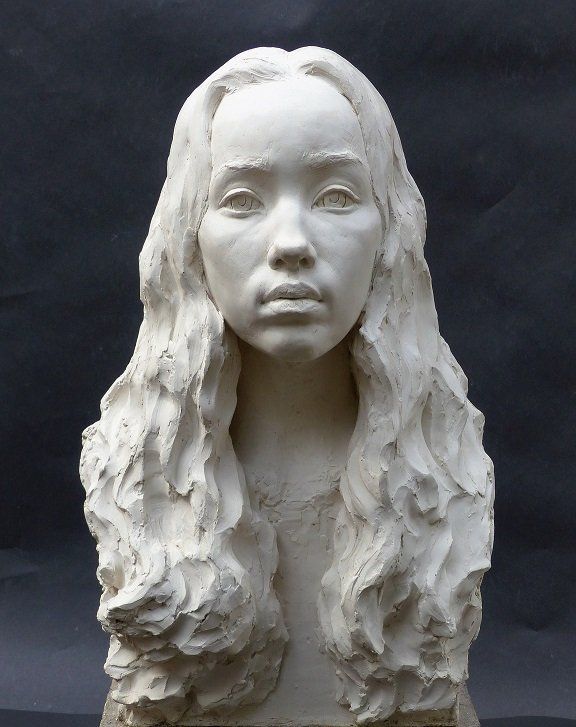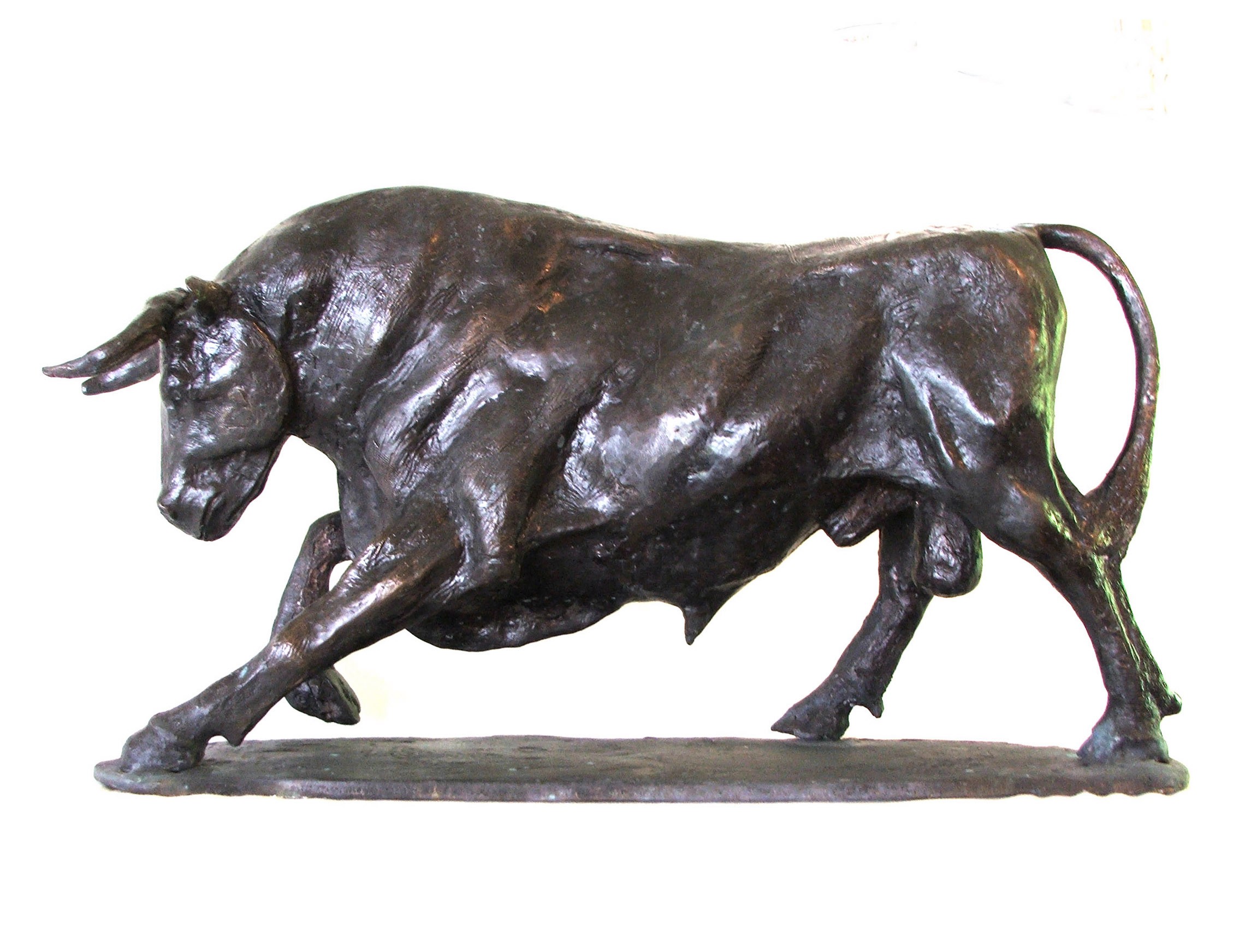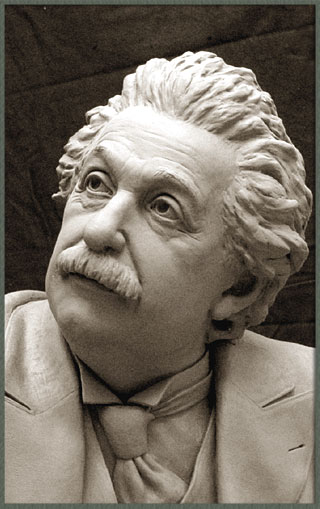Contemporary Marvels: Dive into the World of Contemporary Sculptures
Wiki Article
Sculpting the Human Form: Portrayals of the Body in Sculpture
Forming the Human Form: Portrayals of the Body in Sculpture is a thorough exploration of the artistic representation of the human body throughout background. From the elegant marble sculptures of ancient Greece to the elaborate work of arts of the Renaissance, from the ornate and flamboyant Baroque and Rococo sculptures to the avant-garde and abstract expressions of modern-day and contemporary sculpture, this event provides a fascinating journey through the evolution of this ageless art kind.Old Greek Sculptures

Among the specifying qualities of Ancient Greek sculptures is their focus on proportion. Each part of the body is carefully crafted to be in proportion to the entire, developing a feeling of balance and harmony. The carvers paid cautious focus to every information, from the positioning of muscles to the positioning of limbs, making sure that each number showed up both graceful and powerful.
Rather than depicting the blemishes and flaws of the human type, they looked for to develop an idealized version of fact. The sculptures frequently depicted athletes, sirens, and gods, with their bodies sculpted to perfection.
Renaissance Masterpieces
Proceeding the expedition of the representation of the human kind in sculpture, Renaissance masterpieces even more fine-tune the idealized idea of appeal, structure upon the harmonious and symmetrical proportions of their Ancient Greek predecessors. During the Renaissance period, which covered from the 14th to the 17th century in Europe, artists sought to restore the classic suitables of old Greece and Rome. They researched and copied the jobs of the old masters, making every effort for a realistic representation of the human body.
One of one of the most prominent Renaissance artists was Michelangelo Buonarroti. His work of art, the sculpture of David, exhibits the excellence and poise that came to be identified with Renaissance art. Standing at over 17 feet high, the sculpture depicts the scriptural hero in a state of calmness before his battle with Goliath. David's muscular figure, recorded with exceptional information, discloses the musician's mastery of human composition.
An additional notable Renaissance carver was Donatello. His sculpture of Saint George, produced in the early 15th century, showcases the artist's ability to communicate strength and nobility via the human kind. The sculpture portrays the famous dragon-slaying saint in a poised and positive stance, exhibiting a sense of heroism.
Renaissance masterpieces not just commemorated the physical charm of the human body but additionally communicated deeper significances and feelings. Via their thorough interest to information and competent craftsmanship, Renaissance artists elevated the art of sculpture to new heights, leaving a long-term tradition that remains to inspire artists to this day.
Baroque and Rococo Sculpture
Rococo and baroque sculpture exhibits the ornate and extravagant portrayal of the human form during the 17th and 18th centuries. Identified by its dynamic and dramatic design, Baroque sculpture aimed to mesmerize visitors via its majesty and psychological strength. Artists such as Gian Lorenzo Bernini and Alessandro Algardi produced sculptures that shared movement, usually portraying numbers in significant positions. Using light and shadow even more boosted the sense of drama, developing a staged effect.
Rococo sculpture, on the other hand, emerged as a response to the grandiosity of the Baroque period. They commonly depicted figures in sensuous and stylish positions, mirroring the laid-back and whimsical nature of the Rococo design.
Both Baroque and Rococo sculpture placed a fantastic emphasis on the human kind, celebrating its beauty and revealing a variety of feelings - Equine Sculptures. Whether it was the effective and vibrant figures of the Baroque or the stylish and charming figures of the Rococo, these sculptures captured the significance of the human experience, leaving a long-term influence on the art world
Modern and Contemporary Sculpture
The evolution of sculpting the human type continues in modern and contemporary sculpture. With the arrival of brand-new products and methods, musicians have actually pushed the boundaries of depiction, challenging typical concepts of kind and appeal. Modern sculpture emerged in the late 19th century as a response to the altering political and social landscape. Artists such as Auguste Rodin and Constantin Brancusi looked for to capture the essence of the human form, emphasizing feeling and movement. Rodin's "The Thinker" and Brancusi's "Bird precede" are legendary instances of this duration.In the 20th century, the increase of abstraction and conceptual art brought brand-new opportunities for carvers. Musicians like Henry Moore and Barbara Hepworth explored the relationship between kind and area, developing natural and abstracted figures that tested traditional notions of depiction. Moore's significant bronze sculptures and Hepworth's carved stone jobs are commemorated for their cutting-edge use products and their capability to stimulate a feeling of the body in a non-literal way.
Contemporary sculpture remains to press the borders of depiction and check out brand-new materials and strategies. Artists like Antony Gormley and Ron Mueck develop hyper-realistic sculptures that test our perception of the human body, while others, such as Louise Bourgeois and Kiki Smith, utilize the body as an allegory for individual and cumulative experiences. The human type continues to be an effective subject in sculpture, offering a platform for artists to check out identification, emotion, and the human condition.
Social Viewpoints on the Body

In the exploration of forming the human kind, the exam of social viewpoints on the human body reveals a rich and varied tapestry of depictions and analyses. Throughout history, various societies have actually held unique beliefs and values pertaining to the human body, leading to unique imaginative expressions - Portrait Sculptor. These social perspectives form the way the human body is depicted and viewed in sculpture, showing social standards, religions, and aesthetic suitables
For instance, old Greek sculptures commemorated the idealized human form, stressing physical elegance and athleticism. In comparison, ancient Egyptian sculptures focused on the conservation of the body in the immortality, showing numbers with idealized attributes and rigid poses.
In a get more similar way, cultural point of views on the human body in African art frequently emphasize common identity and spiritual beliefs (Equine Sculptures). Sculptures from different African cultures show the human body with exaggerated features, representing social worths and genealogical links. Indigenous societies in the Americas likewise have special point of views on the body, frequently illustrating it in a spiritual context and stressing the connection in between people and nature
The exam of cultural viewpoints on the human body in sculpture permits us to gain understanding into the values, beliefs, and looks of various societies throughout history. It highlights the variety of human experiences and the methods in which art mirrors and shapes our understanding of the human form.

Verdict
To conclude, the representation of the human body in sculpture has actually progressed over time, mirroring various artistic motions and cultural point of views. From the idyllic figures of Old Greek sculptures to the emotive and practical Renaissance work of arts, and the elaborate information of Baroque and Rococo sculptures, to the abstract and speculative kinds of modern and modern sculpture. The human body has been a subject of fascination and artistic exploration throughout background, showcasing the diverse analyses and expressions of the human kind.Forming the Human Form: Representations of the Body in Sculpture is a detailed expedition of the imaginative representation of the human body throughout background. From the exquisite marble sculptures of old Greece to the detailed masterpieces of the Renaissance, from the luxuriant and flamboyant Baroque and Rococo sculptures to the avant-garde and abstract expressions of modern and contemporary sculpture, this event offers a fascinating journey through the advancement of this ageless art type. Musicians like Antony Gormley and Ron Mueck produce hyper-realistic sculptures that challenge our assumption of the human body, while others, such as Louise Bourgeois and Kiki Smith, make use of the body as a metaphor for personal and collective experiences. The human type stays an effective topic in sculpture, offering a platform for musicians to discover identification, emotion, and the human problem.
From the idealized figures of Old Greek sculptures to the practical and stirring Renaissance work of arts, and the detailed information of Baroque and Rococo sculptures, to the abstract and speculative types of modern and modern sculpture.
Report this wiki page